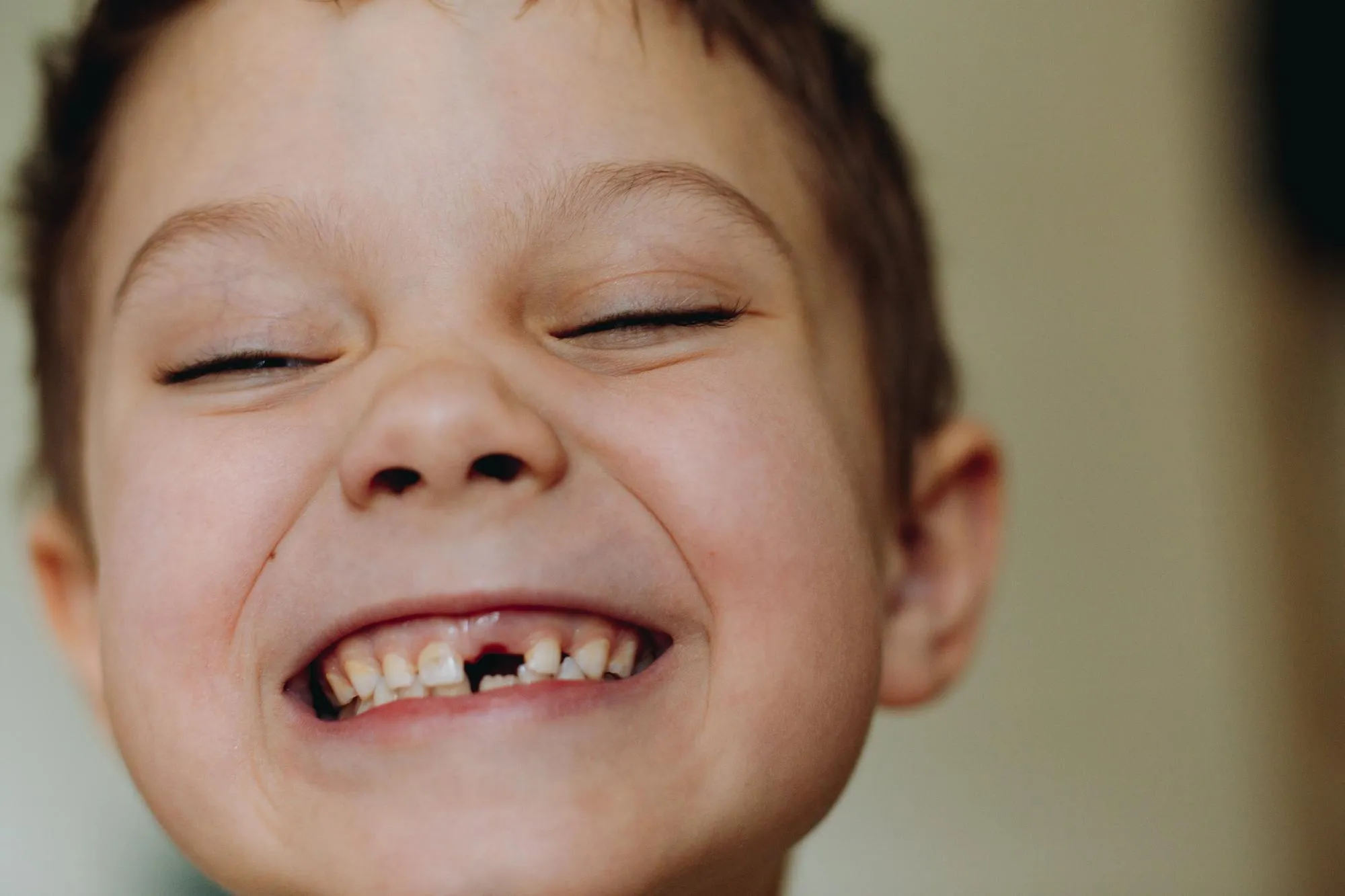Introduction
Premature extraction of primary teeth (PEPT) is a condition that can have significant implications on the orthodontic health and treatment needs of children. The research study “PLATOON: Premature Loss of bAby Teeth and its impact On Orthodontic Need” aims to illuminate the nature and consequences of premature tooth loss and its subsequent effect on the demand for orthodontic care.
Study Overview
The study, published in the Journal of Orthodontics, is an observational, cross-sectional cohort study conducted by a team of researchers from the University of Leeds, the University of Sheffield, and the Bradford Teaching Hospitals NHS Foundation Trust. The goal is to recruit 1,000 children aged between 7 and 11 years old, half of whom have a history of PEPT and the other half comprising matched non-PEPT controls.
Methodology
After gaining informed consent, the researchers will collect comprehensive orthodontic records, including extra and intra-oral photographs, and take alginate impressions for study models. Additionally, a measure of oral health-related quality of life (COHIP-SF 19) will be completed by the participants. Using the Index of Orthodontic Treatment Need (IOTN), the records will help quantify space loss, identify other occlusal anomalies, and assess the orthodontic treatment needs.
Anticipated Outcomes
This study’s findings will likely highlight the intricate link between the timing of tooth loss and the development of occlusal anomalies, thereby helping to characterize the impact of PEPT on orthodontic need. This could pave the way for refining clinical guidelines and ensuring timely interventions for children who lose primary teeth prematurely.
Key Researchers and Affiliations
1. Lucy R. Brown, Paediatric Dentistry Department, University of Leeds
2. Sophy Barber, Orthodontic Department, University of Leeds
3. Philip E. Benson, Academic Unit of Oral Health, Dentistry & Society, University of Sheffield
4. Simon Littlewood, Orthodontic Department, Bradford Teaching Hospitals NHS Foundation Trust
5. Mark S. Gilthorpe, Leeds Institute for Data Analytics, School of Medicine, University of Leeds
6. Jianhu Wu, School of Dentistry, University of Leeds
7. Silviya Nikolova, Leeds Institute of Health Sciences, University of Leeds
8. Eman Al-Nunuaimi, Paediatric Dentistry Department, University of Leeds
9. Dan Mason, Bradford Institute for Health Research, Bradford Teaching Hospitals NHS Foundation Trust
10. Dagmar Waiblinger, Bradford Institute for Health Research, Bradford Teaching Hospitals NHS Foundation Trust
11. Rosemary Rc McEachan, Bradford Institute for Health Research, Bradford Teaching Hospitals NHS Foundation Trust
12. Peter F. Day, Bradford District Care NHS Foundation Trust
References to Support the Study
1. Baubiniene, D., Sidlauskas, A., Miseviciene, I. (2009). The need for orthodontic treatment among 10-11- and 14-15-year-old Lithuanian schoolchildren. Medicina (Kaunas), 45(10), 814–821.
2. Bhujel, N., Duggal, M., Munyombwe, T., Godson, J., Day, P. (2014). The effect of premature extraction of primary teeth on the subsequent need for orthodontic treatment. Eur Arch Paediatr Dent, 15, 393–400.
3. Boronat-Catala, M., Bellot-Arcis, C., Montiel-Company, J. M., Catala-Pizarro, M., Almerich-Silla, J. M. (2016). Orthodontic treatment need of 9, 12 and 15-year-old children according to the Index of Orthodontic Treatment Need and the Dental Aesthetic Index. J Orthod, 43(2), 130–136.
4. Brook, P., Shaw, W. (1989). The development of an index of orthodontic treatment priority. Eur J Orthod, 11, 309–320.
5. Clinch, L., Healy, M. (1959). A longitudinal study of the results of premature extraction of deciduous teeth between 3–4 and 13–14 years of age. Dent Pract, 9, 109–27.
Keywords
1. Premature tooth loss in children
2. Impact of early tooth extraction
3. Orthodontic treatment need
4. Primary teeth and malocclusion
5. Index of Orthodontic Treatment Need (IOTN)
Conclusion
The findings from the PLATOON study will be critical in understanding the relationship between premature tooth loss and the need for orthodontic intervention. With the comprehensive data collection and analysis, this groundbreaking research could have a profound impact on pediatric dental care and orthodontics, offering a better quality of life for children affected by early primary tooth loss.
